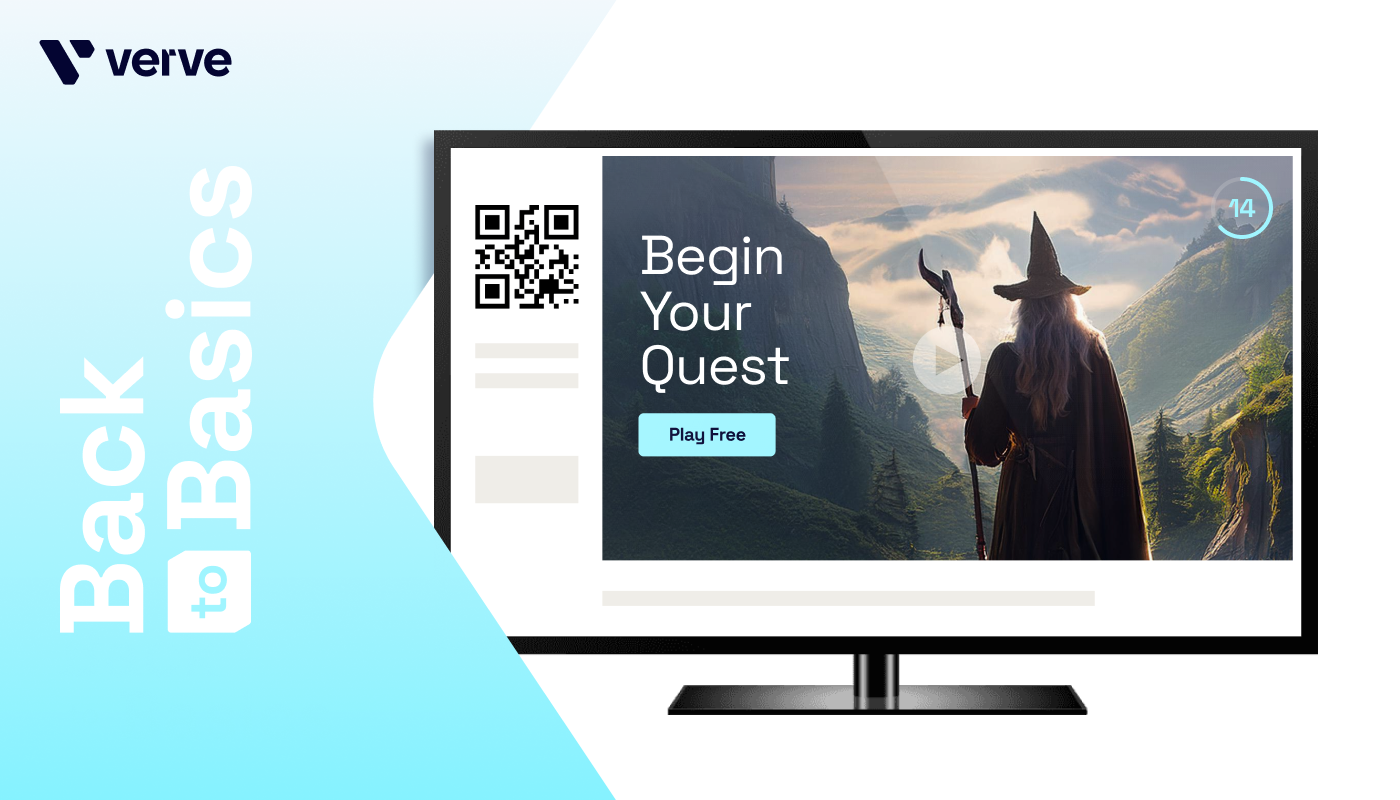EDITOR’S NOTE: This article originally appeared in AdvertisingWeek.
It was the rise of behavioral targeting, which tracks users’ online activities and personal data, that saw contextual advertising dethroned as the industry’s default targeting method. Fast forward to today and behavioral targeting is facing serious limitations, while significant developments in contextual are bringing this approach back to the fore. Here’s why . . .
In the ever-evolving digital advertising landscape, marketers will face periodic challenges in effectively reaching and engaging their target audiences. Privacy is the latest challenge – and it’s a big one. The focus on privacy began in 2018 with the introduction of the General Data Protection Regulation (GDPR) in Europe. This was followed by similar initiatives worldwide, such as Apple’s App Tracking Transparency, Android’s Privacy Sandbox and Google’s upcoming phasing out of third-party tracking cookies on Chrome by the second half of 2024; beginning for 1% of users as early as the first quarter of 2024. Having to navigate restrictions that govern the collection and use of consumer data has left marketers frantically searching for alternative approaches.
The advertising industry must go back to the drawing board, and the easiest way to start is by revisiting existing approaches that offer compliant targeting at scale. Contextual is emerging again as the dominant solution for marketers.
The drawbacks of conventional approaches
Contextual marketing revolves around understanding the environment where an ad appears and tailoring the content based on the relevant factors surrounding the user’s browsing experience. This approach leverages factors such as website content, keywords, location, and device type to deliver relevant and timely ads to users.
However, recent research by TPA Digital has found some contextual solutions fall short of meeting their basic campaign goals. Advertisers often find themselves wasting significant spend on ads that fail to reach their target audiences. Inaccurate keyword analysis, limited contextual understanding, and insufficient real-time optimization are contributing to suboptimal campaign performance.
The other issue is the growing problem of next-generation “content farms” created to hijack programmatic advertising revenue. An internet trust tool, NewsGuard, is tracking an increasing number of spammy, AI-generated news sites. They expect that generative AI will cause more of the estimated $2.6 billion of advertising revenue per year unintentionally funneled toward misinformation news sites. With this boom in the number of irrelevant, misleading and valueless articles published daily, advertisers now find themselves between a rock and a hard place when it comes to getting quality results from ad spend using conventional contextual targeting.
AI-optimized contextual tools offer better targeting
The good news is that machine learning, natural language processing, and data analysis are driving innovation in contextual targeting. These new technologies enable advertisers to analyze and interpret vast amounts of data to deliver highly targeted ads to the right audience. By considering the context of where an ad appears, marketers can target the user’s immediate needs and interests with specific messaging, leading to improved engagement and conversion rates.
Through these advancements advertisers are able to reach consumers with accuracy and speed, maximizing the chances of engaging them in meaningful ways. Advertisers can also ensure they are able to deliver the personalized and engaging experiences consumers expect. For example, natural language processing technology is enabling hyper-accurate cohort targeting capabilities. There is also the potential for contextual solutions to “understand” and mine content beyond text content, such as brand audio, videos, and apps. Models are also being built on contextual capabilities that understand affinity and match content with the open web.
Contextual empowers marketers to leverage their most valuable currency — attention. By moving away from clicks towards attention and reaching consumers in the moments that matter to them, they can fine-tune campaigns at any time towards their desired metrics – and ultimately improve outcomes. This real-time contextual analysis and AI-driven optimization means brands can advertise alongside highly relevant, fresh content, at the precise moment that it is attracting large audiences.
As with many evolutionary matters, change can be painful, but also necessary. As the industry is pushed relentlessly towards the edge of the third-party cookie tracking precipice, innovations in contextual are ensuring that marketers can meet and engage with their audiences in the new privacy-first world.







